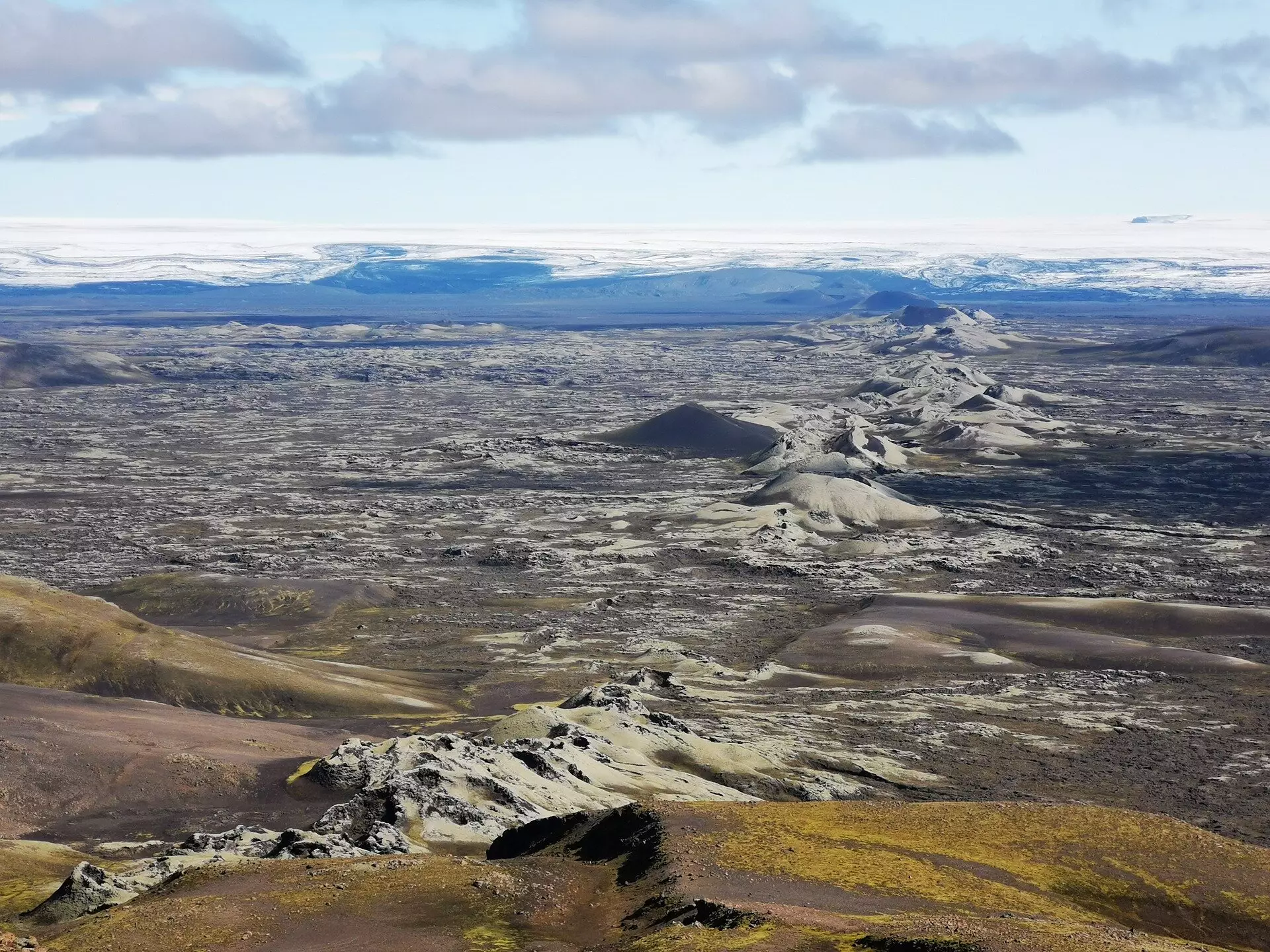The Earth is an intricate mosaic of shifting plates that constantly reshape its surface, giving rise to mountains, valleys, and oceans. Recent advancements in geological research, specifically led by Xianzhi Cao from the Ocean University of China, have allowed scientists to delve into the complexities of plate tectonics over an astonishing span of 1.8 billion years. Utilizing the geological evidence encapsulated within the very rocks of the Earth’s surface, this groundbreaking study endeavors to reconstruct a detailed map of our planet’s tectonic movements, revealing how Earth’s continents have interacted and evolved through time. Published in the open-access journal Geoscience Frontiers, this revolutionary work takes us on a visual journey through the geological past, starting from the familiar layout of continents we recognize today.
Imagine witnessing the slow, graceful movement of continents, akin to a ballet choreographed over millions of years. The animation created by the researchers presents an awe-inspiring panorama of continental drift, charting how individual landmasses like India and parts of Southeast Asia shifted from one formation to another. This sprawling visual narrative captures major events in Earth’s history, such as the formation of the supercontinent Pangea around 200 million years ago, alongside its separation into Gondwana and Laurentia. As one traces these movements back further in time, older supercontinents like Rodinia and Nuna emerge, demonstrating an ongoing cycle of formation, collision, and rupture that has been the hallmark of plate tectonics.
Why invest time and resources in reconstructing the movements of tectonic plates? Beyond the allure of understanding Earth’s physical landscape, this research touches upon the very foundations of life itself. The interactions among tectonic plates influence not only the formation of land but also the availability of critical nutrients and elements essential for life. Nutrients such as phosphorus and molybdenum, which are pivotal for the creation of DNA and proteins, stem from geological processes that expose and erode rocks. Furthermore, the link between plate tectonics and the atmospheric chemistry rests on the ability of certain rocks to react with carbon dioxide, acting as a natural regulator of Earth’s climate across vast timescales.
The digital modeling of Earth’s geological history allows scientists to ask and explore essential questions regarding climate fluctuations, such as the causes behind extreme periods like the “Snowball Earth” events in the planet’s history. By understanding the geographical arrangement of ancient landmasses and how they interacted, researchers hope to illuminate the connections between the Earth’s surface conditions and the evolution of life. There are hints that the geological formations around the time of Nuna’s existence may have provided a nurturing environment for the emergence of complex cellular life, a crucial step that occurred approximately 1.65 billion years ago.
Earth’s tectonic activities are not only fascinating from a biological standpoint, but they also hold significant implications for resource exploration. The interplay between tectonic movements and the emergence of metal-rich ore deposits is critical for understanding the geology of the Earth. Volcanic activity along tectonic boundaries can result in the formation of valuable metals such as copper and cobalt. By tracing the historical locations of plate boundaries, modern-day mineral explorers can better locate hidden deposits that lie beneath the surface, potentially pointing to areas with rich geological resources waiting to be uncovered.
As scientists embark on this unprecedented journey through the Earth’s geological past, it is essential to acknowledge that this recent mapping effort is merely a first step in unveiling the complex narrative hidden beneath our feet. With 4.6 billion years of geological history to explore, the potential for future discoveries is vast. Each rock, each fracture in the Earth’s crust, contributes to a greater understanding of the dynamic forces that have shaped our planet. As this pioneering work evolves, it will serve as a foundation upon which further research can build, ultimately enriching our comprehension of the Earth’s intricate system and its profound ability to sustain life. The implications of such studies resonate far beyond our planet, especially during a time when humanity turns its gaze toward exploration in the solar system and beyond. Maintaining a clear focus on the exquisite complexities of Earth’s geological past might just be the key to graphing a balanced future.


Leave a Reply